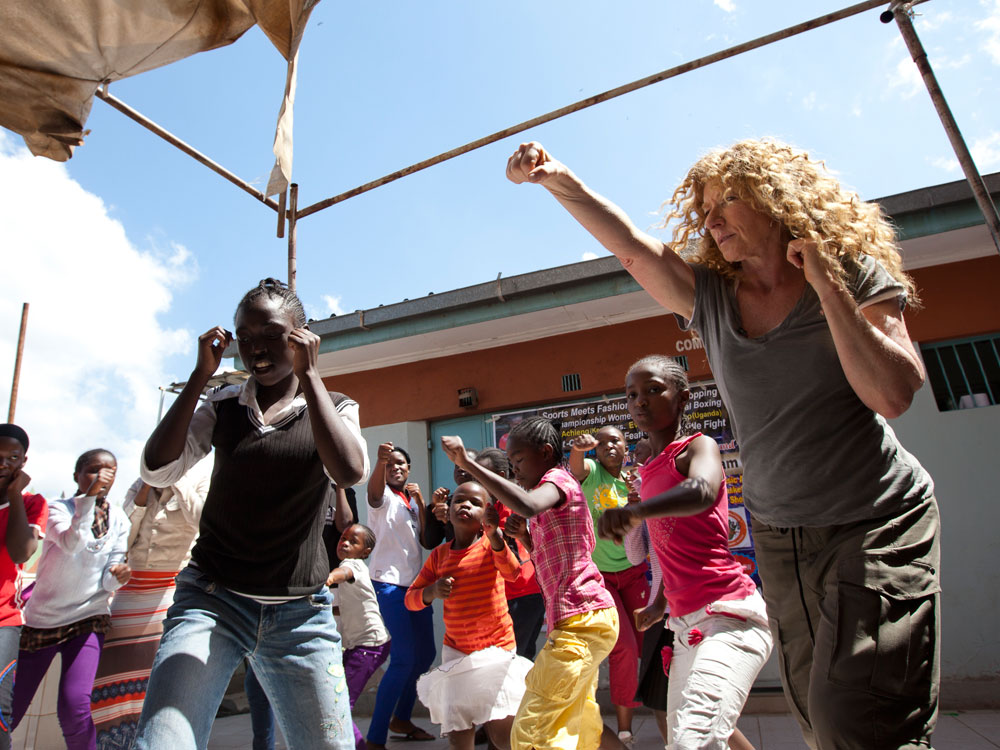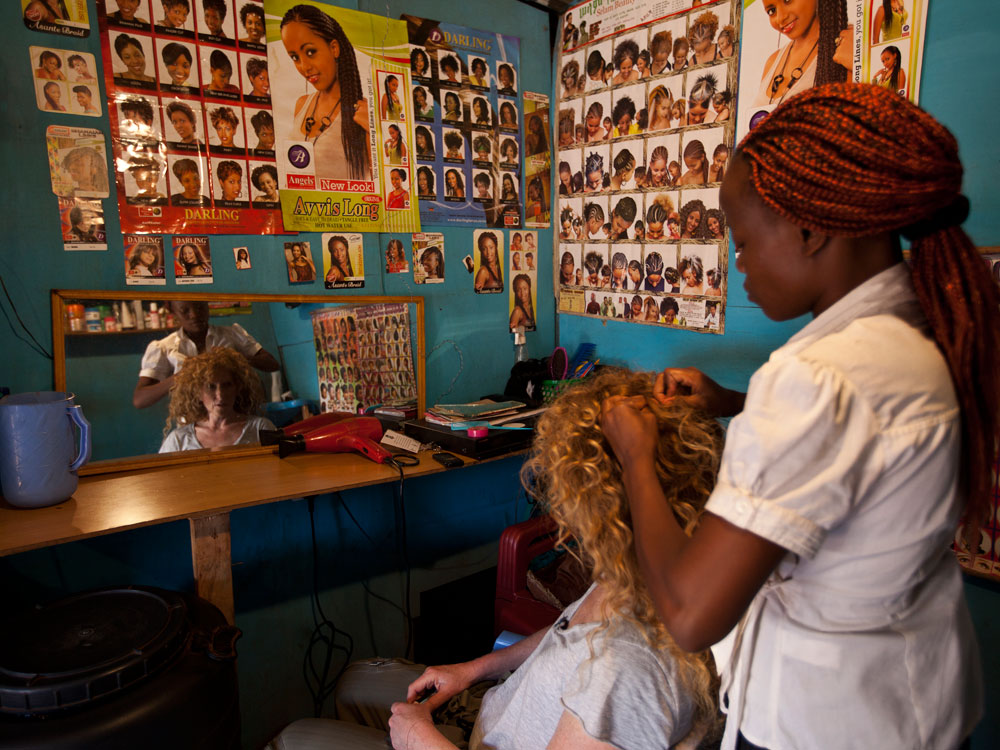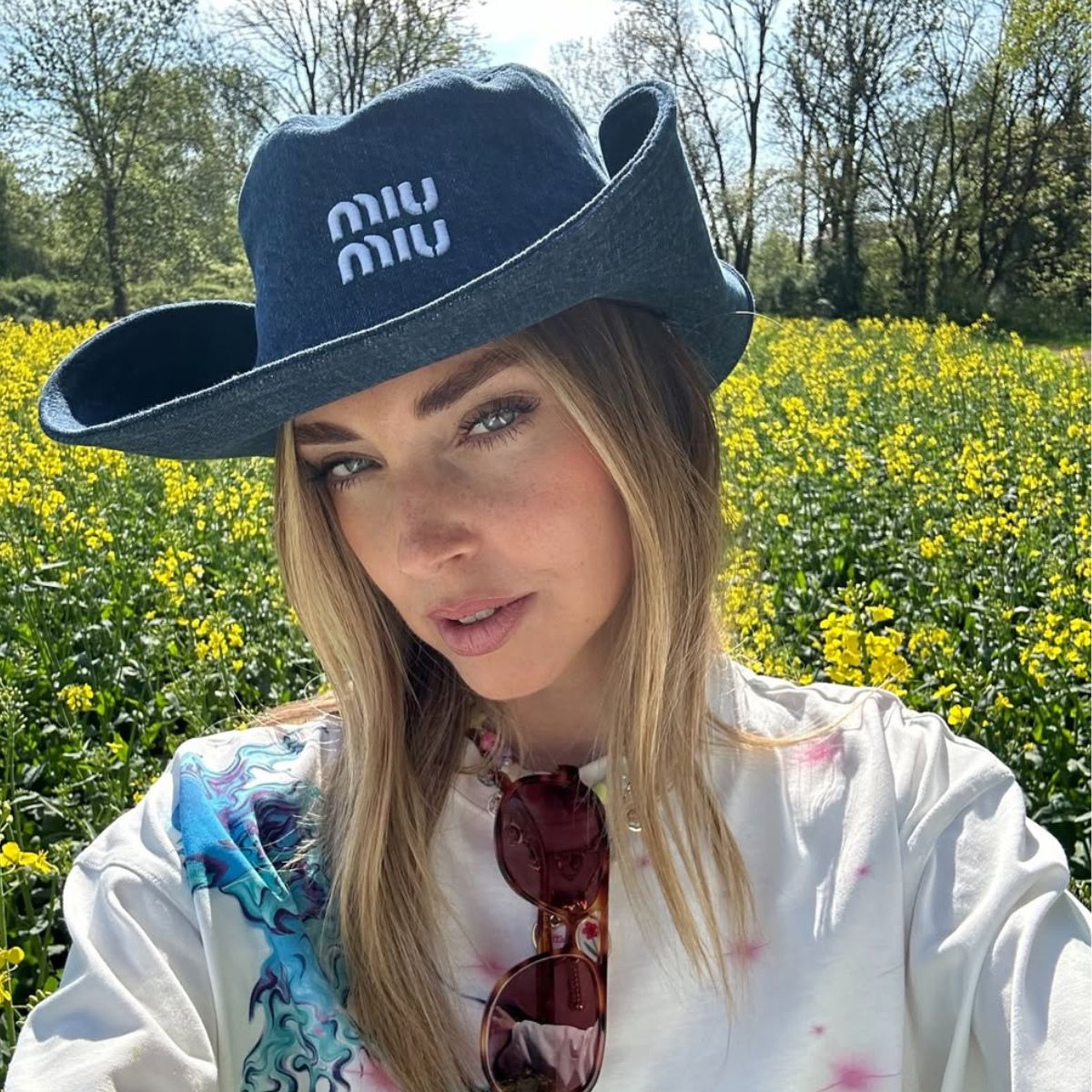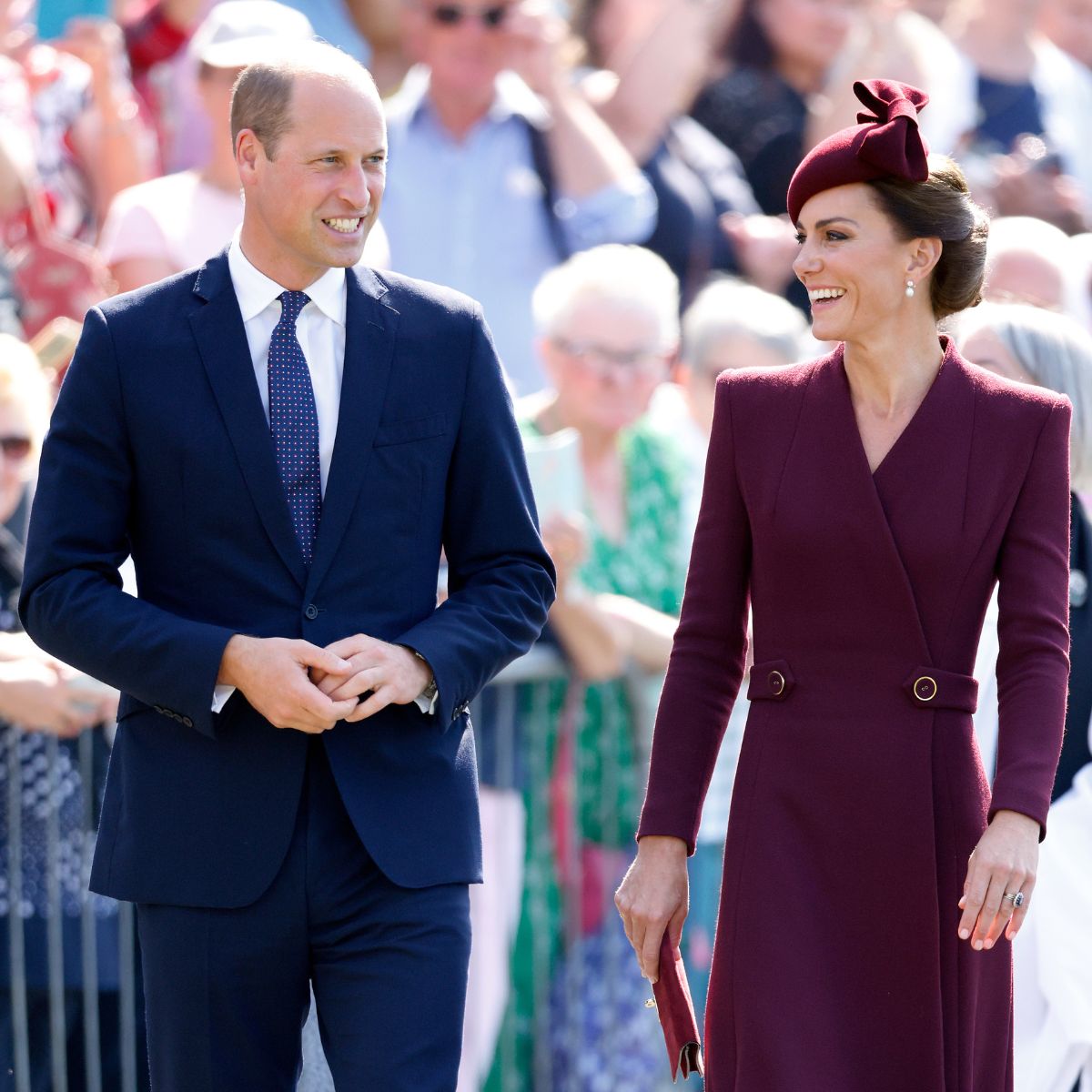Kelly Hoppen: 8 Things That Inspired Me In Africa's Biggest Slum
To celebrate International Women’s Day, TV ‘Dragon’ and interior designer Kelly Hoppen went to Africa with Sport Relief earlier this week. She visited two projects working hard to empower young women living in the continent’s biggest slum. Here she talks about the eight things that inspired her during her time in Nairobi, Kenya.

To celebrate International Women’s Day, TV ‘Dragon’ and interior designer Kelly Hoppen went to Africa with Sport Relief earlier this week. She visited two projects working hard to empower young women living in the continent’s biggest slum. Here she talks about the eight things that inspired her during her time in Nairobi, Kenya.
1. I went to Kibera, Africa’s biggest slum with Sport Relief this week and it shocked me in two very different ways. This sprawling Kenyan community, which is home to up to one million people, is dangerous and dirty and needs millions of pounds to turn it into a habitable place. But it’s also a gigantic and incredibly busy marketplace. Business is being done all around you; it’s so industrious I couldn’t believe it. There’s a real buzz. Whatever you want you’ll find it here; hairdressers, interior design shops, dressmakers and fresh fruit and vegetables stalls. I didn’t see one person begging on the streets and that came as a surprise.
2. In an extraordinary display of positivity I saw how much Sport Relief projects help build women’s confidence. It was way beyond what I ever expected. These women have been through so much, yet they have more positivity than I have seen in years. The Kenyan Youth Business Trust uses Sport Relief money to help young women start businesses by providing training, mentoring and loans. Every person I met believed they will succeed. Not one had any doubt and they all think big. One woman had just started an embroidery business and her goal is to export her product all over Africa, while a fledgling hairdresser talked of opening her own teaching academy. My motto is, ‘Nothing is too big and nothing is big enough’, and these young women demonstrate that perfectly. They are courageous and unstoppable.
3. I loved the colourful and decorative paintwork and signs on the stalls and shops and I was taken aback at the way they displayed their produce. Everything was so precisely laid out, whether it was pots of charcoal or fresh mangoes, it was all beautifully presented. You could see they were very proud of what they were selling. I didn’t expect that. I didn’t think there would be that level of structure and attention to detail.

4. I ran away from home when I was 16, and travelled round the townships in South Africa as a backing singer with a band. In Kibera there’s music everywhere. There’s an amazing amount of soul to the people. They spontaneously break into song all the time. At a project called Boxgirls, which uses Sport Relief cash to empower girls at risk of being raped in the slum, a couple of nine year olds suddenly started singing a Celine Dion song to me. It was so beautiful and surreal, it really touched me.

5. One afternoon I looked out across the sea of corrugated silver shacks and spotted the faint outline of a gigantic eye on one of the roofs and then another, and then a whole face. I discovered it was the faded remains of a project called Women are Heroes, carried out by the French graffiti artist JR a few years back. He covered a vast area with waterproof tarpaulin and drew faces of the women who lived there. It was a brilliant way of putting a human face to one of the most impoverished places in the world, while creating a powerful piece of art that can be seen from the sky.
6. None of the children I saw looked unhappy. They never cried or complained. I went to a nursery school business run by a woman called Susan, who educates children in the slum which enables their mums to work. The children were engaging and friendly, keen to learn and well behaved. Back home most schoolchildren want to become famous over night and be in a reality TV show. Here they aspire to be entrepreneurs, or doctors and teachers, something that’s going to help their community. I found that attitude incredibly refreshing and think we can all learn a thing or two from them.
Marie Claire Newsletter
Celebrity news, beauty, fashion advice, and fascinating features, delivered straight to your inbox!

7. It’s a universal thing that women stick together and are supportive of each other. I love mentoring women in the UK and it’s great to see how much it helps people at the KYBT project. Cleverly, they match them with successful entrepreneurs who run similar businesses. I met hairdresser Deborah, who told me her mentor visits every Saturday with great advice and pays to get her hair done at the same time.

8. My trip with Sport Relief has certainly changed me and opened my eyes to things I didn’t expect. It doesn’t matter where you come from or what you do, everyone has the same needs, food, shelter and sanitation. I never expected there would be such a hustle and bustle of business in a slum. I feel dreadful saying that but it’s true. My time there has opened my eyes to something I did not expect. Thankfully, the UK Government recognises the need to get people living in some of the poorest countries running and building secure businesses and has promised to match up to £10 million of donations from this year’s Sport Relief. That’s great news but we need to do more. During my time in Kibera I was truly inspired and now I want to tell other people about the fantastic changes happening there.
The leading destination for fashion, beauty, shopping and finger-on-the-pulse views on the latest issues. Marie Claire's travel content helps you delight in discovering new destinations around the globe, offering a unique – and sometimes unchartered – travel experience. From new hotel openings to the destinations tipped to take over our travel calendars, this iconic name has it covered.
-
 The 10 best dresses celebrities from Tiffany & Co.'s Blue Book 2025 Gala
The 10 best dresses celebrities from Tiffany & Co.'s Blue Book 2025 GalaCelebrating the brand's marine-inspired collection
By Sofia Piza
-
 These are the 11 cult designer buys of spring 2025—and they're already selling out
These are the 11 cult designer buys of spring 2025—and they're already selling outFrom Miu Miu's must-have cowboy hat to Loewe's latest bag
By Clementina Jackson
-
 Prince William and Princess Kate have announced their 14th wedding anniversary plans
Prince William and Princess Kate have announced their 14th wedding anniversary plansBy Jenny Proudfoot